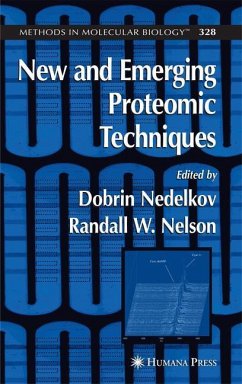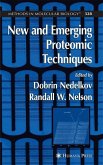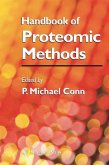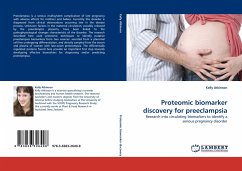Leading researchers and innovators describe in step-by-step detail the latest techniques that promise to significantly impact the practice of proteomics, as well as its success in developing novel clinical agents. The methods span the entire spectrum of top-down and bottom-up approaches, including microarrays, gels, chromatography, and affinity separations, and address every aspect of the human proteome, both quantitatively and qualitatively. The techniques of protein detection utilized are diverse and range from fluorescence and resonance light scattering to surface plasmon resonance and mass spectrometry. The protocols follow the successful Methods in Molecular Biology(TM) series format, each offering step-by-step laboratory instructions, an introduction outlining the principles behind the technique, lists of the necessary equipment and reagents, and tips on troubleshooting and avoiding known pitfalls.
From the reviews: "It is no surprise that a book of this title is somewhat eclectic. ... Methodologies are well written and useful, emphasizing that proteins and function can be studied at differing levels of resolution. ... this book will be useful for beginners, though it is really more for the initiated seeking inspiration." (Dr. Mike J. Naldrett, Microbiology Today, November, 2006)








